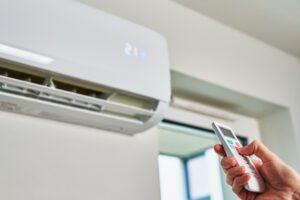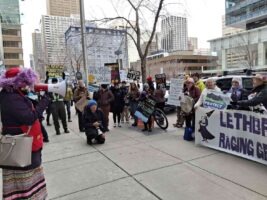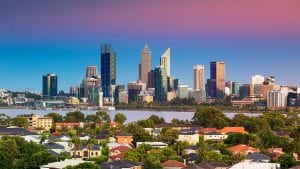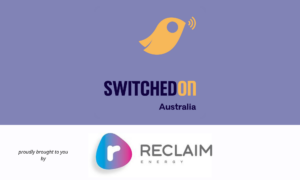Perhaps at no other time in recent memory has the cost of living been at the front of mind for so many, amid global economic turbulence of which Queensland and Australia are not immune.
With the state election campaign now in full swing, it is prudent to ask what the best path forward for the Sunshine State needs to be to resolve these challenges and many other pressing concerns over the long term, outside the noise of the campaign over the coming weeks.
Perhaps one of the best answers to this question is that with some of the best renewable energy resources in the world, Queensland leads the way when it comes to delivering cleaner, cheaper and more reliable energy faster than the rest of Australia.
It is clear that sensible, long-term policy designed to deliver the innumerable benefits of renewable energy transition is readily within our grasp and that Queensland is well and truly on its way to achieving its legislated target of 50 per cent renewable energy by 2030.
Sixty-six renewable energy projects, generating nearly 5 GW of electricity, are providing close to 30 per cent of Queensland’s electricity demand and counting, with another 57 projects under construction or in the advanced planning stage.
The experience of Clean Energy Council members building projects across the state just goes to show that Queensland gets on with the job better than anywhere else in Australia, particularly in crucial planning and approvals processes.
Promises from both major parties at this election to increase the supply of housing also present a once-in-a-generation opportunity to build on the soaring success of the Sunshine State’s rooftop solar revolution.
Over 1 million homes across Queensland have already installed rooftop solar behind the electricity meter to lower their electricity bills and take control of their household budgets, making it the first state in Australia to achieve this milestone.
Standardising energy efficient appliances, rooftop solar PV and battery storage that can be aggregated into the grid to form virtual power plants in new home builds will maximise value for households and manage peak demand at the same time and at pace.
As prices increase for coal-fired power and gas, small and large businesses across Queensland also understand that renewables, firmed by storage technologies including batteries and longer-duration pumped hydro, just make good business sense.
Pumped hydro itself is also undergoing a renaissance across Australia, given its 100-year plus lifespan and proven credentials in delivering cleaner electricity. The Borumba and Pioneer Burdekin pumped hydro projects alone stand to reduce a combined 11 million tonnes of CO2 annually.
As coal exits our energy system, pumped hydro will play a critical role in stabilising the grid and keeping the lights on.
Queenslanders have a strong track record of leaning into the state’s immense natural resources to drive innovative economic and social change. The opportunity to build a clean, modern and affordable energy system is the next phase of this proud tradition.
Queenslanders also know first-hand about the damage that fossil fuels have and continue to inflict on our environment more than perhaps any other Australian and the importance of preserving one of the world’s premier natural wonders, the Great Barrier Reef, at their doorstep.
Far too often, Queensland has borne the brunt of increasingly frequent and destructive weather events and natural disasters, exacerbated by the impacts of climate change. Renewables are by far the most effective tool at our disposal to ensure this state continues to lead the world in reducing emissions to net zero by 2050.
Nearly 60 percent of 2000 Queensland voters recently surveyed, including 53 per cent living in the regions, agree that we need to bring more renewables online sooner, to prevent energy supply shortfalls and bring down power prices and emissions.
However, this is not to say that challenges to a timely transformation of our energy system do not exist.
Despite the strength of these numbers, it is also important to acknowledge that there are deliberate campaigns underway to spread misinformation and disinformation about renewables, particularly in regional areas, in an attempt to delay this crucial transition.
However, if there is one thing I know it’s that playing as a team and working together to reach the try line is in the DNA of every Queenslander.
We need to bring along those who may be sitting on the bench about the benefits of this transition by communicating effectively and transparently with communities to address legitimate concerns, while dispelling disinformation that exploit these same concerns for political point scoring.
The bottom line is that Queenslanders deserve to live affordably and comfortably in an economy powered by natural competitive advantages in renewables that are unrivaled elsewhere.
At this election, the leaders of both major parties owe it to the electorate to stay the course and build on the nation-leading Queensland Energy and Jobs Plan to make this a reality. To turn away now would miss the best possible chance at winning a better future.
Tracey Stinson is Clean Energy Council Regional Director of Policy and Impact, Queensland









